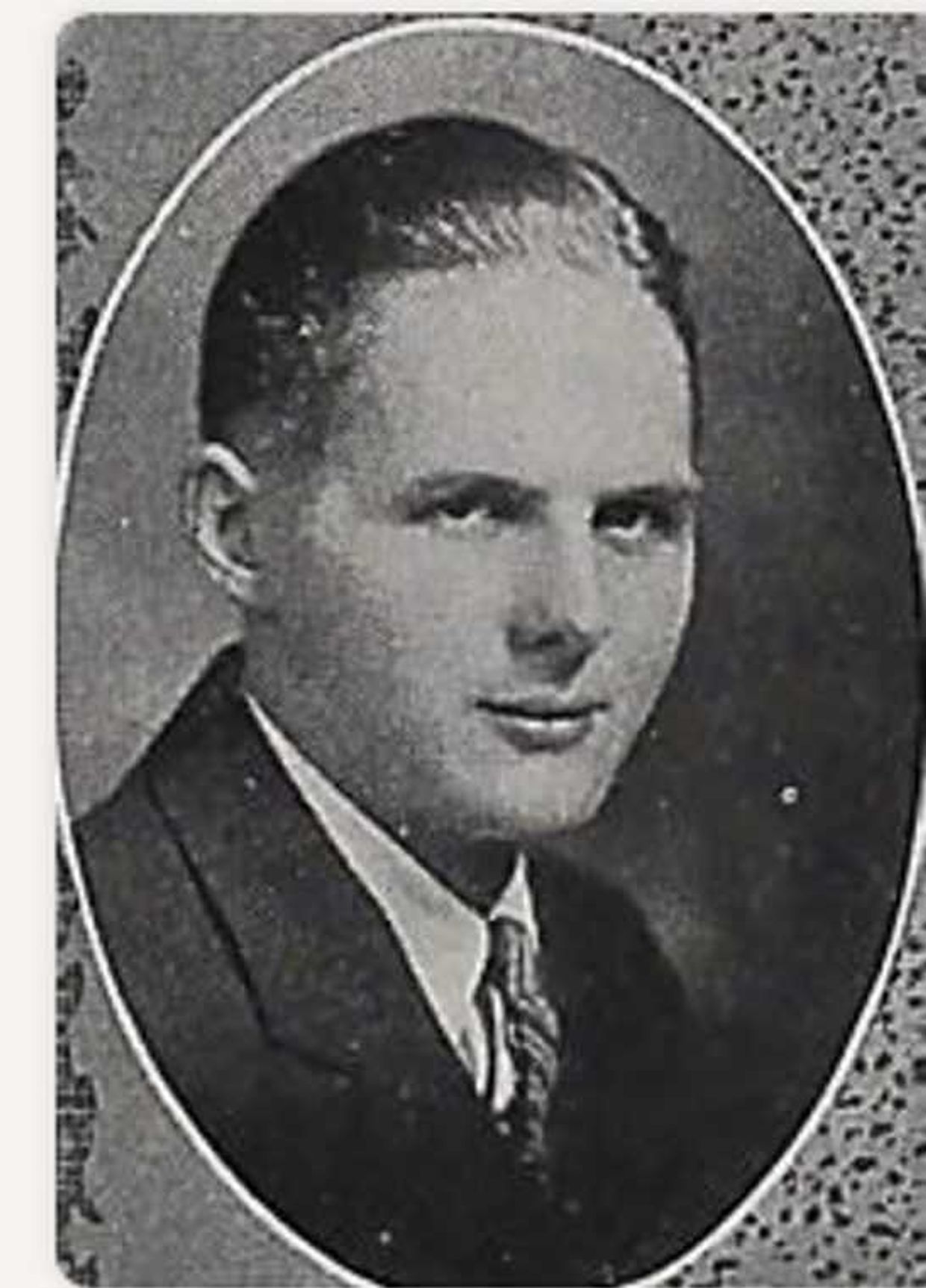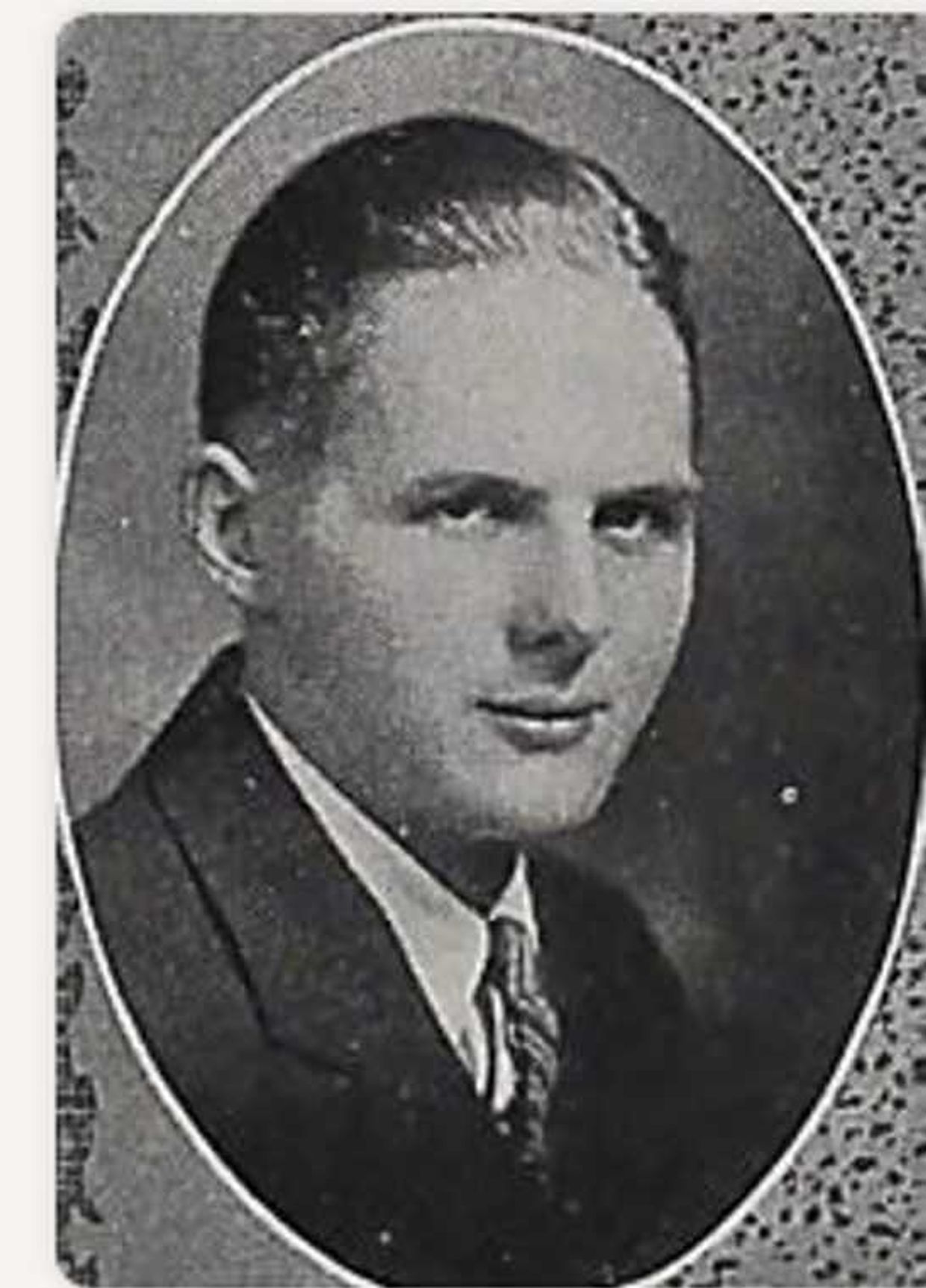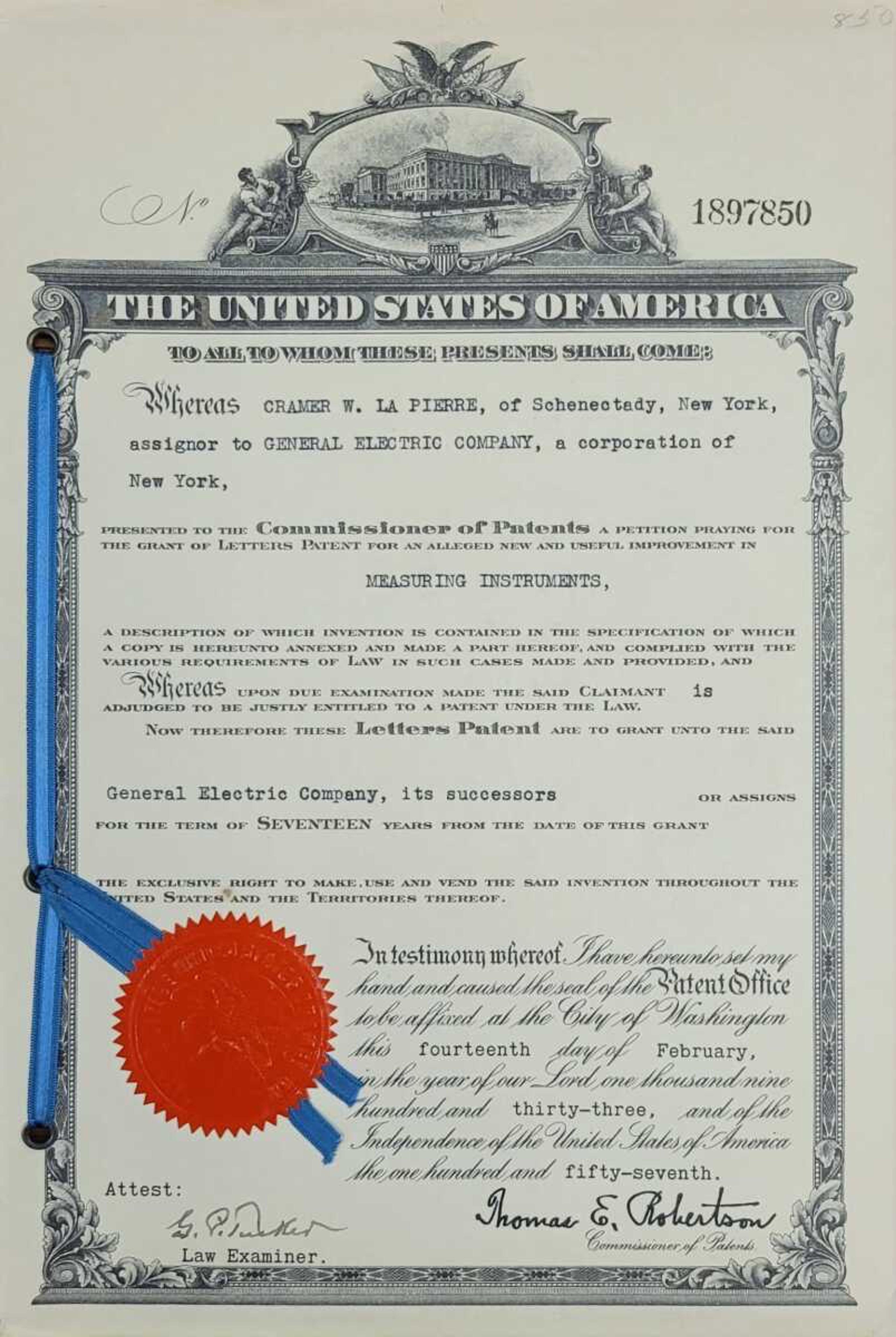LaPierre's patents
"Have you ever seen a federal patent?" the Jackson Heritage Association's collection archivist, Cathi Stoverink, asked me that very question earlier this week, and I had to admit I had not, so she handed me a folio containing United States patents in the name of Cramer W. LaPierre, who was born in Jackson on March 31, 1904, to Mazuret and Margaret Struthers LaPierre...
"Have you ever seen a federal patent?" the Jackson Heritage Association's collection archivist, Cathi Stoverink, asked me that very question earlier this week, and I had to admit I had not, so she handed me a folio containing United States patents in the name of Cramer W. LaPierre, who was born in Jackson on March 31, 1904, to Mazuret and Margaret Struthers LaPierre.
This folder is part of the Jackson Heritage Association archive and photo collection housed at the Cape Girardeau County Archive Center in Jackson.
LaPierre was one of many great minds to emerge from Jackson, people who started businesses, built family legacies, and in his case, patented technology that would have major effects to this day.
Cramer LaPierre attended Southeast Missouri State Teachers College (now University), then the University of Missouri college of engineering.
According to a Southeast Missourian obituary published in 1996, Cramer LaPierre married Nancy Sage, and after a storied career with General Electric, eventually moved to Carefree, Arizona, a suburb of Phoenix, where he died and is buried.


Aside from the bare biographical details of his life, though, there are hints at a rich intellect. The folder of patents is about an inch and a half thick, and was donated in 2010 by Judy Roberts. The first patent was issued to Cramer LaPierre of Schenectady, New York, assignor to General Electric Company of New York, for alleged new and useful improvement in measuring instruments, in 1933. This was three years after his first article was published, "Theory of Abnormal Line-to-Neutral Transformer Voltages," in The American Institute of Electrical Engineers, or AIEE.
Let's take a moment to admire the patents themselves. They're beautiful. The cover with its graceful etching and a mix of boilerplate form information and calligraphy, heavy paper in remarkably good shape for being 90 years old, blue ribbon binding held in place by a red embossed seal from the United States Patent Office, all contribute to an air of elevated status.
And there isn't just one. Cramer LaPierre received 15 patents in all, some with co-patentees, for such innovations as a rail inspection apparatus in 1935 (with R.F. Edgar), a recording device and a viscosimeter (to measure a liquid's viscosity) in 1934, a straightener for woven material in 1935, and intriguingly, a radio voting system in 1936.
"My invention has for its principal object to provide means for utilizing existing facilities, such as electric light and power or telephone lines, for counting indications or collecting votes," he wrote in the patent description (No. 2206702). He also intended this to be accessible to the general public -- anyone who could be a broadcast listener who also had power or phone lines (a lot of overlap between those populations) should be able to use this system. Seems a bit forward-thinking, revolutionary really, during the Great Depression.
LaPierre had many articles published in the GE Review during the 1930s, as well. It seems his interests were varied and had real-world applications. From measuring the unseen radio waves and pulling together information from distant households across the United States, to correcting problems in creating woven fabric, to laying groundwork for sonar and other technologies we rely on today, Cramer LaPierre's contributions were terrific.
A full text of the patent is available online: https://image-ppubs.uspto.gov/dirsearch-public/print/downloadPdf/1897850.
Read LaPierre's obituary at semissourian.com/story/2702512.html
A list of Cramer LaPierre's patent numbers and those he was issued as part of a team:
- 1897850 -- Measuring Instrument
- 2016147 -- Electric Valve Tripping Circuit, et al
- 2036814 -- Rail Inspection Apparatus, et al
- 2053154 -- Direct-Current Indicator
- 2054676 -- Phase-Responsive Instrument
- 2059879 -- Recording Device
- 2077242 -- Record Chart Quantity Indication
- 2106611 ---Apparatus for Correcting Skew and Bow in Woven Material
- 2106612 -- Straightener for Woven Material, et al
- 2142854 -- Viscosimeter
- 2169101 -- Thermocouple Wattmeter
- 2176742 -- Apparatus Responsive to Frequency Difference
- 2206702 -- Radio Voting
- 2225346 -- Phase Angle Indicator
- 2311406 -- Measuring Lengths and Correcting Skew and Bow in Woven Material, et al
Connect with the Southeast Missourian Newsroom:
For corrections to this story or other insights for the editor, click here. To submit a letter to the editor, click here. To learn about the Southeast Missourian’s AI Policy, click here.











